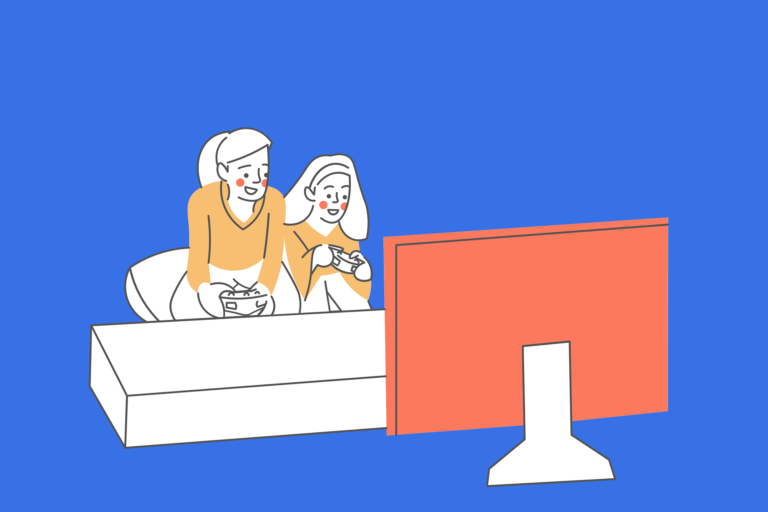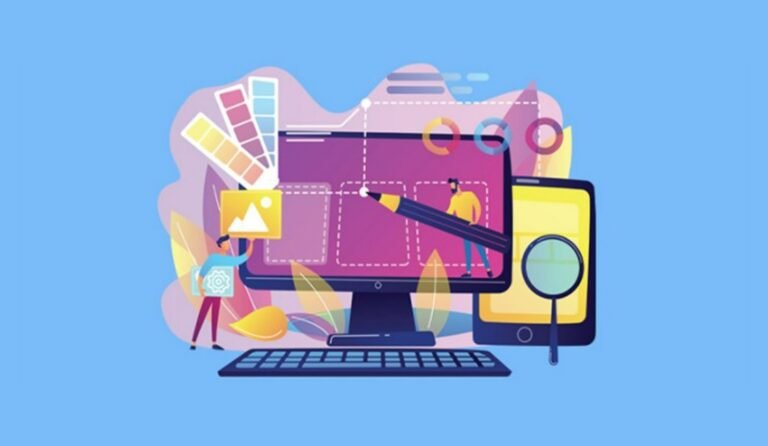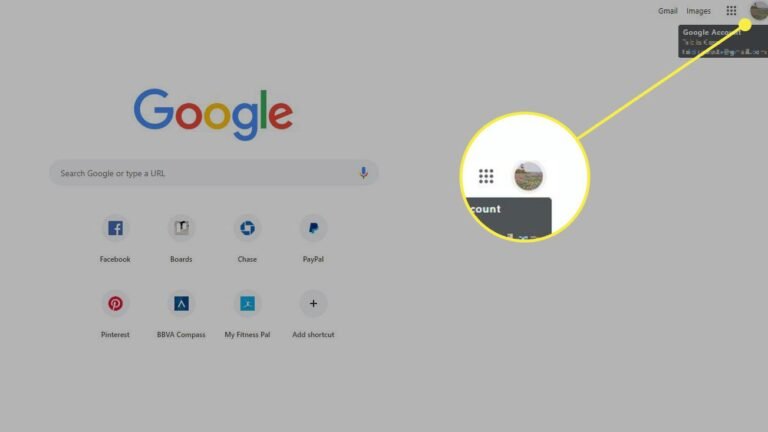Balance
This refers to the uniform distribution of graphic design elements in a design, such as shapes, text boxes, and images, across a specific layout. Designers can choose between a balanced (stable) and an off-balanced (dynamic) layout. In graphic design, there are three types of balance.
Symmetrical- This design is formed along a vertical or horizontal axis, with the weight of the elements distributed evenly on both sides of the layout.
Asymmetrical- Asymmetrical balance evens out the flow of a layout by utilizing scale, contrast, and color.
Radial- The elements of a design are arranged in a circular pattern on the layout.
This creates a sense of movement and dynamism in the viewer’s eyes.
Alignment
This fundamental aspect of design that creates a visual link between elements such as images, shapes, or text blocks. By removing any distortion within the layout, alignment aids in the development of a sharp and ordered appearance. It represents the scale of each element by comparing their proportion and focusing on those with the greatest impact on users.
Hierarchy
By giving more weight to certain design elements over others, this method combines two aspects: dominance and priority. By focusing on a specific design element, it assists brands in communicating their message to their target audience.
Contrast
Contrast is an important principle in any form of visual art because it draws the attention of the customer to the key elements of a design. It is essential for distinguishing similar elements in a design and thus improving overall legibility of a layout.
Rhythm
Rhythm brings different elements together to create a more organized and consistent appearance. Repetition of certain elements, such as logos or colors, can help to make a brand more identifiable while also strengthening the overall look. There are two kinds of rhythms;
Fluid- This adds a lot of variety to the design while still keeping the flow in one direction.
Progressive- Progressive rhythm is based on a clear sequence that controls the audience’s visual movement between the various elements.
Proximity
Proximity helps to declutter the overall design by establishing a relationship between related elements. It establishes a visual link between key design elements such as color, font, type, and size, ensuring that the layout is balanced to form a perfect design. It gives the audience a nice overview of what they’re looking at, resulting in a good user experience.
Colour and space
Designers can choose from a number of color schemes for the layout’s background and text. Space refers to the area around or between the various design elements. It can be used to draw shapes or to highlight key elements of a design. Graphic designers use color palettes to select colors that can create contrast or even work together to complement other elements.
If you want to learn more about digital marketing, you should enroll somewhere digital marketing institute, where you will be able to learn from industry experts in-depth.
About Gaurav Heera
Gaurav Heera is a digital marketing coach and consultant with a decade of experience in the field of digital marketing. He often writes guest posts for Delhi Courses, affordable & best digital marketing institute in Noida & Digital Marketing Course in Gwalior.







